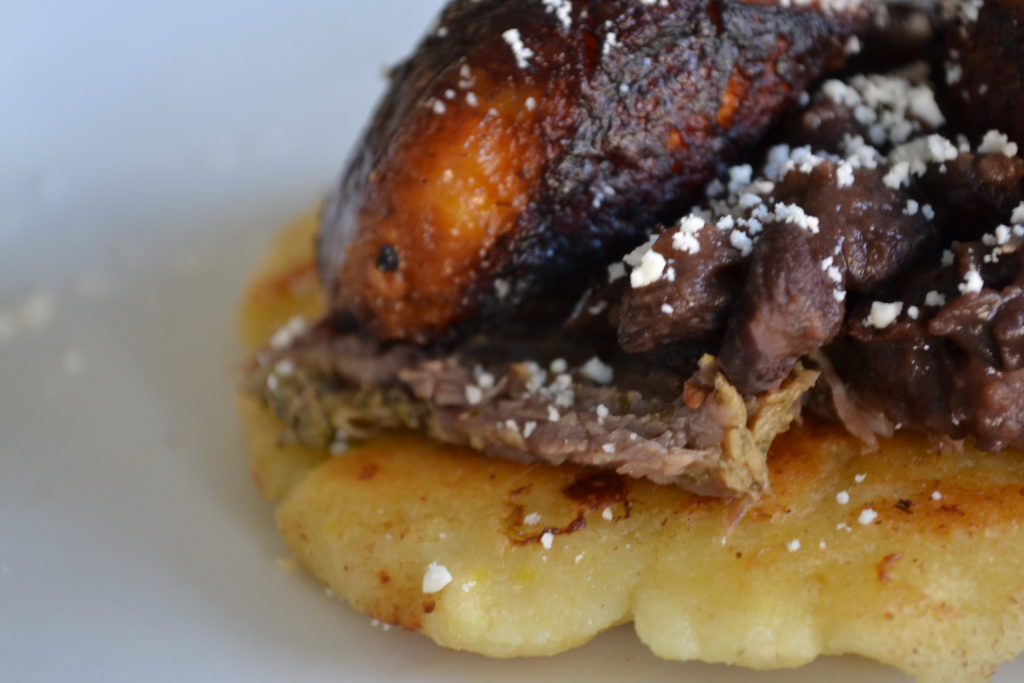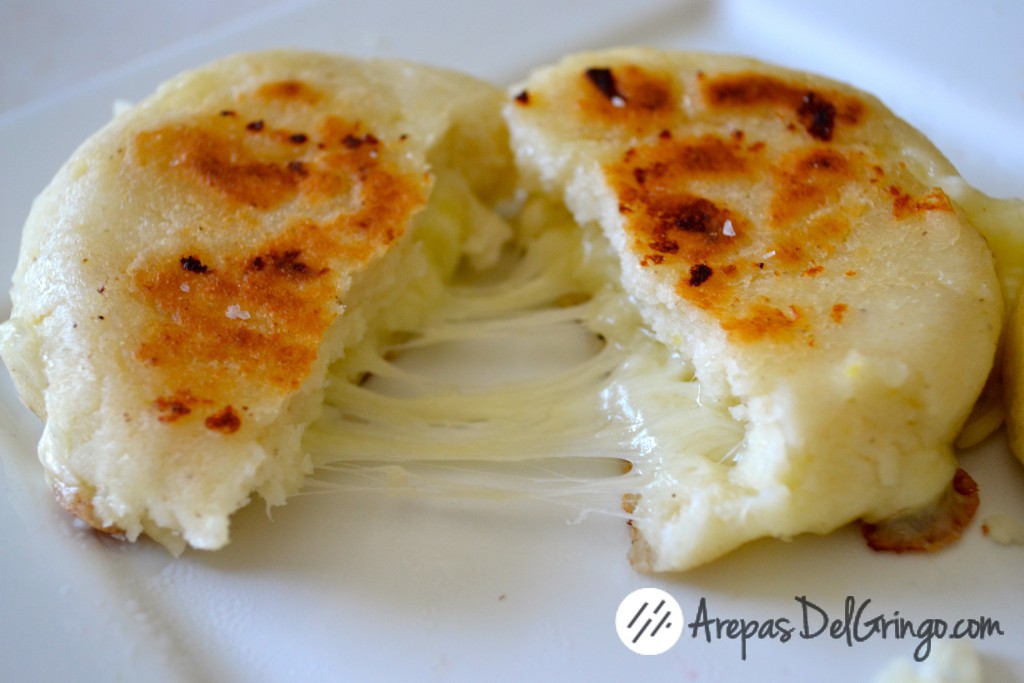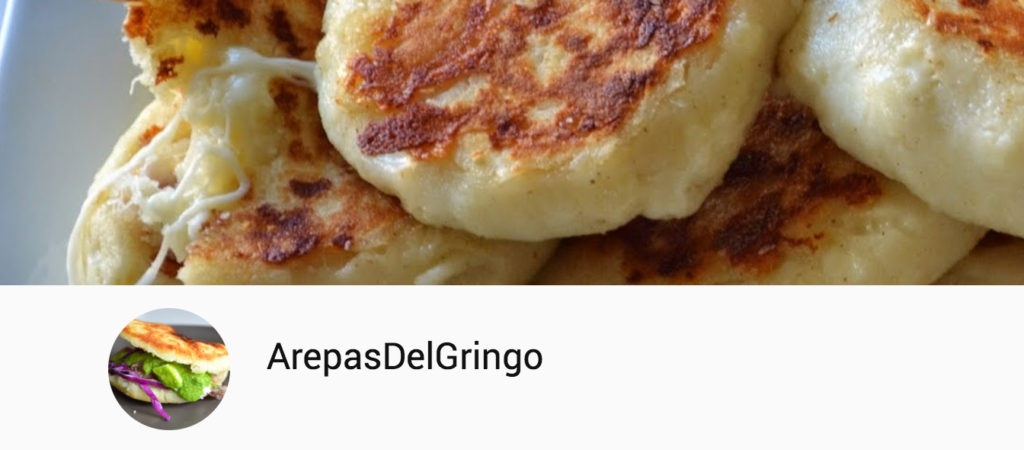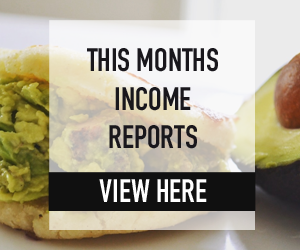The Arepa Pabellón (the pavillion) is comprised of shredded beef, sweet plantains, black beans and crumbled cheese. The salt from the crumbled cotija cheese mixed with the sweetness of the ripe plantains attacks your tastebuds from a variety of angles to make the perfect arepa. The Arepa Pabellón is an arepa of pride because it follows the same ingredients as the national dish of Venezuela, the Pabellón Criollo.
Whoa now! Just look at that! Doesn’t it just SCREAM flavor? It sure does. When people think of the Arepa Pabellón or specifically the Pabellón Criollo – they think of comfort food. They think of home cooking. They think of the way the shredded beef (carne mechada) tasted when their mom or abuela made it for them growing up. That is the secret there, replicating the flavor and aromas as the beef slow cooks on the stove top and noise the oil makes when the plantains hit the hot pan. For these reasons, this arepa is a big favorite.
Making the Authentic Venezuelan Arepa Pabellón
As an outsider (not being from Venezuela, or not having home cooked Arepa Pabellón growing up), it can be quite tricky knowing if you are making “someone else’s food” correctly. You know how you can tell when you are doing it right? When an honest friend tells you this tastes just like mom used to make. And they get that smile as the food hits their tastebuds. You know that smile. So I will let you in on the secret and tell you how I did it.
First off, if you want to truly go authentic here – you need to make the black beans, you need to slow cook the beef, you need to double fry the plantains. It is a lot of work, but the gratification is outstanding once it is time to go to town eating your creation – even better, sharing it with family and friends. This has never been a chore, it is just how it is. If you want the Pabellón Criollo, you need to work for it. Let’s break it down a bit and see what goes into making the Arepa Pabellón.
Making the Shredded Beef (Carne Mechada)
Let’s start with the beef. What we need to do here is get this beef to literally fall apart when taking a fork to it. You do not want tough shreds here. Slow cooking, or slow simmering is the way to go. For this recipe, we are going to slow cook it with some authentic Venezuelan seasonings which you can learn more about here.
Cooking the Plantains
This step is pretty straight forward, but there are still some things to consider when cooking plantains yourself. How do you know when the plantain is ripe enough? What type of oil do you use for frying and do you really need to double cook them? For the Arepa Pabellón we want very sweet fried plantains with some caramelized surface area. You want to bite into that candied plantain and get that smile I was talking about earlier. You can learn all about cooking plantains over here.
Cooking the Black Beans
Next up are the black beans. Once you get the hang of slow cooking black beans, I honestly think you will not return to the super salty ones you pick up at the store. Try playing around with cooking black beans with just a few simple ingredients. For the Arepa Pabellón, we are looking for a thicker consistency and not one that is too watery. Learn how to make the best black beans over here.
Adding The Cheese to the Pabellón
No, we are not going to make our own cheese for this recipe, but it is important to find the right kind. For this recipe we are going to use Cotija cheese. If you are not familiar with Cotija cheese, it is a neutral, salty, crumbly cheese which I put on my arepas all the time. Sprinkle this cheese right on top to counter the sweet plantain with the salt from the cheese. mmm mmm good!
Don’t Cheat, but if you Must…
If I am a little lazy and want to cheat a bit, there are frozen plantains I can find in my local latin market, which are all cut up and cooked – all I need to do is place them in the oven for about 20 minutes to thaw out and i’ll tell you, you would never know the difference.
I usually won’t cheat on the slow cooked beef, because all you need to do here is just a little planning a head. Simply get some boneless roast beef (chuck or round roast) and place it in the slow cooker with some water or beef broth and cook on low for about 6-8 hours. From a seasoning stand point, take a look below to get my carne mechada recipe, because this is what makes this arepa.
Putting the Arepa Pabellón all Together
Now that everything is all cooked and ready to go – slice open the arepa, spoon in the black beans, shove in 2 (or 3) platanos maduros freshly cooked, sprinkle with crumbled cotija and there you have it. A fresh, hot, Arepa Pabellón.
Make this Venezuelan Arepa Colombian Style
If you are looking to give this Venezuelan style recipe a Colombian spin – rather than making thicker arepas for stuffing, make them thinner and put the filling on top. Just a few tweaks and this turns Colombian style!
Making The Basic Arepa de Queso
If you are looking to get the recipe for the basic Arepa itself rather than the filling, check out Mastering the Arepa where you will learn how to make the perfect arepa for all of your arepa stuffing parties.
Subscribe to ArepasDelGringo on YouTube!
I work really hard to give you all great content. Check out some of our arepa videos on YouTube and give me some feedback on how I am doing – and please subscribe!
Buen Provecho!


























August 15, 2016
I am going to try these for dinner tonight!
February 25, 2020
[…] familiar with arepas and Venezuelan fare (shout out to Arepa Café in Astoria!) I debated between a pabellón arepa and the pabellón bowl, a dish featuring black beans topped with grated white cheese, rice, sweet […]